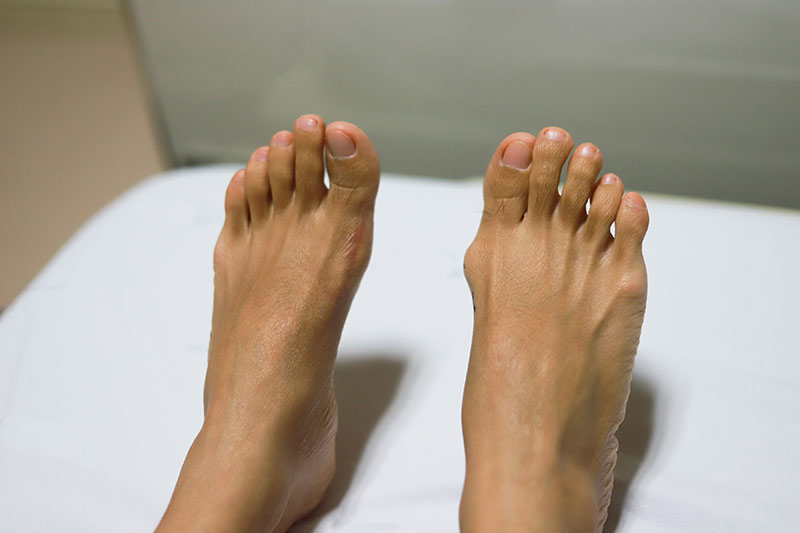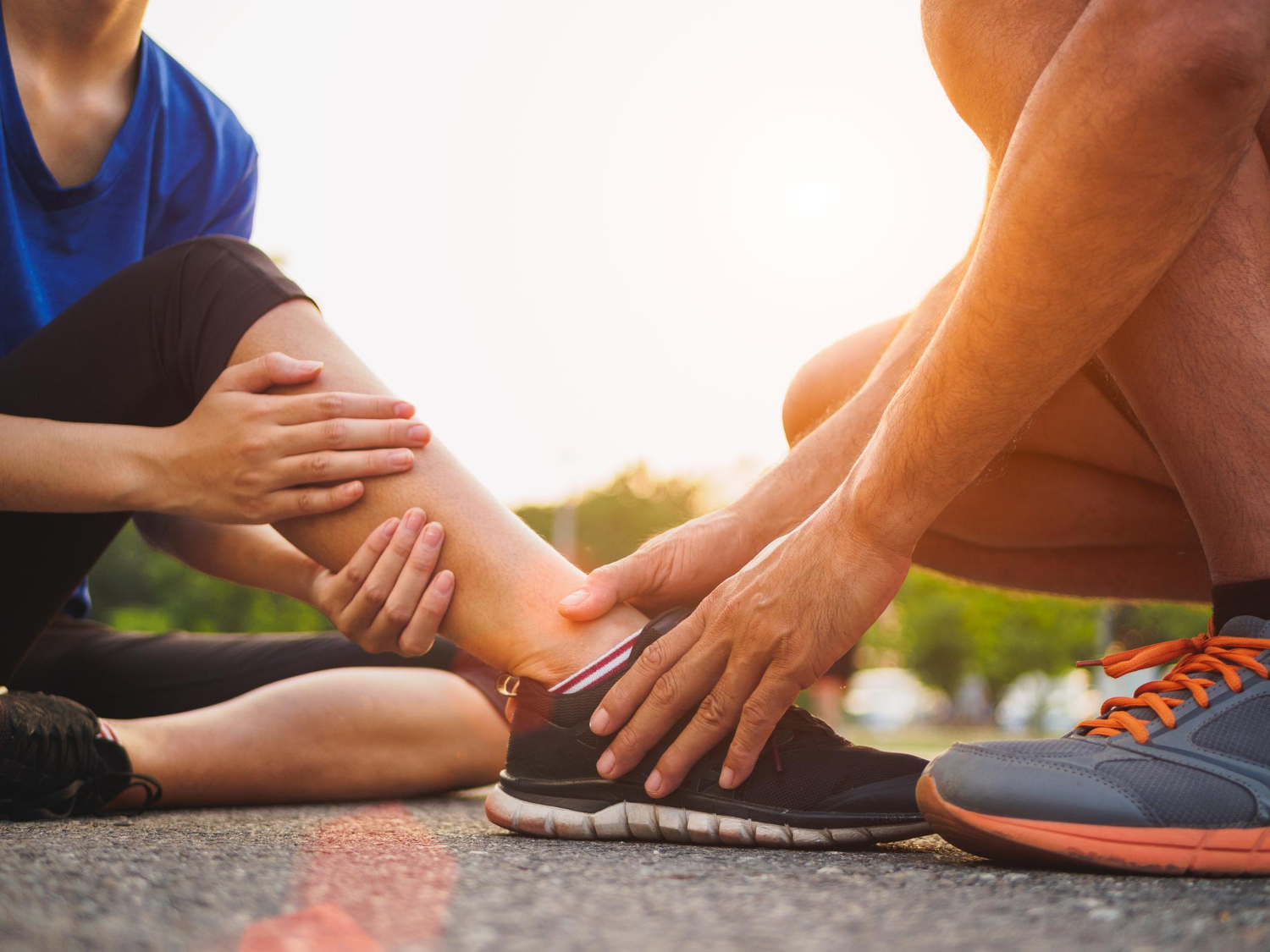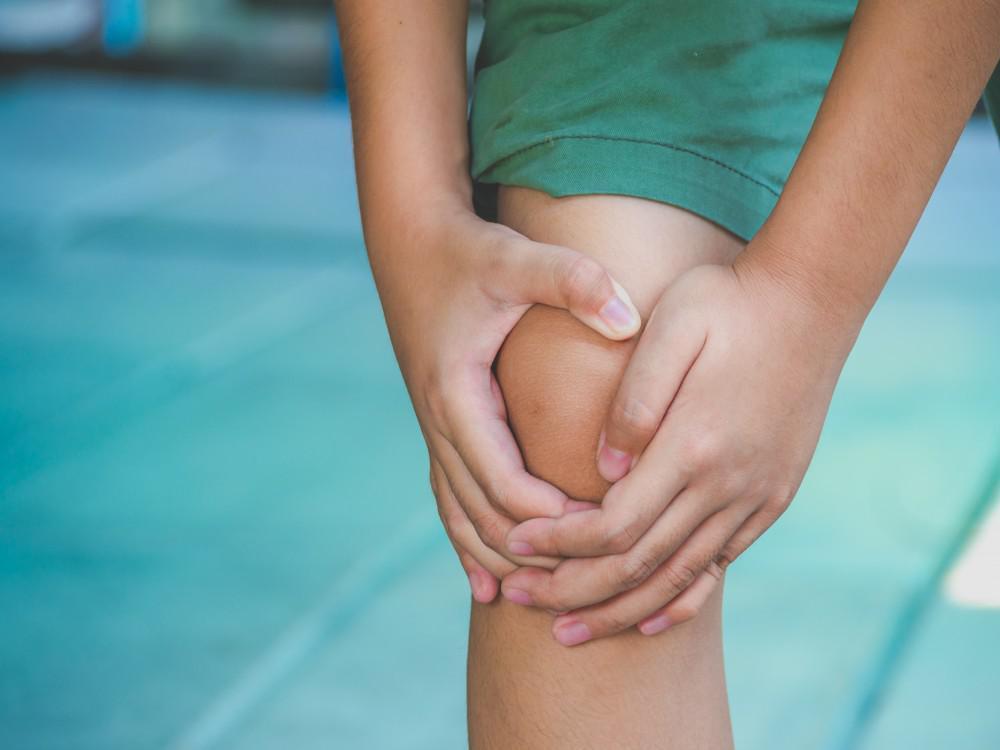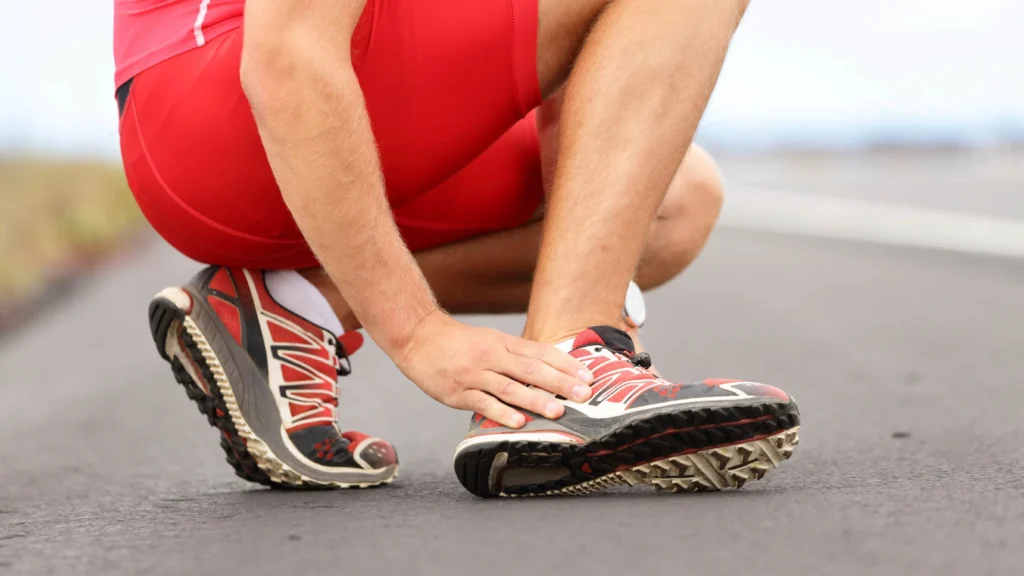Key Takeaways
- Bunions are common foot deformities caused by joint misalignment at the base of the big toe.
- Early symptoms include pain, redness, and difficulty wearing shoes.
- Conservative treatments, such as proper footwear, orthotics, and activity modification, can relieve discomfort.
- Bunion surgery may be recommended when pain persists or daily activities are affected.
- Modern techniques focus on realignment, pain relief, and a faster return to movement.
Don’t Let Bunions Hurt Your Steps
Bunions are these bony bumps at the base of your big toe that can cause pain, stiffness, and make every step feel like a trick instead of a treat. But the good news? Bunions don’t have to be scary. With the right care, you can manage symptoms and, if needed, correct the deformity safely and effectively.
What Exactly Is a Bunion?
A bunion (known medically as hallux valgus) develops when the big toe joint drifts out of alignment, pushing the toe towards the smaller ones. Over time, this misalignment causes a visible bump on the side of the foot and discomfort while walking or wearing shoes.
Common symptoms include:
- A bulging bump on the side of the big toe
- Pain or swelling around the joint
- Restricted toe movement
- Calluses or corns from rubbing against footwear
- Difficulty wearing tight or high-heeled shoes
Women and individuals who spend long hours on their feet or wear narrow shoes are more likely to develop bunions. Genetics, flat feet, and arthritis can also play a role.
How to Keep Bunions from Getting Worse
In the early stages, bunions often respond well to non-surgical treatment. The goal is to reduce pain and prevent further deformity.
Here’s what conservative care may include:
- Wearing wide, comfortable shoes that give your toes space to move.
- Using orthotic insoles or pads to relieve pressure.
- Applying ice or anti-inflammatory medication to ease swelling.
- Avoiding prolonged standing or high heels that increase stress on the joint.
- Foot exercises and stretches to maintain flexibility and support the arch.
These methods won’t reverse a bunion, but they can make daily activities much more comfortable, and help you stay mobile without fear of worsening symptoms.
When to Consider Bunion Surgery
Bunion surgery (also called hallux valgus correction) aims to realign the bones, relieve pressure, and restore natural foot shape and balance.
Surgery may be recommended when:
- Pain persists despite months of conservative care.
- The bunion causes difficulty walking or wearing shoes.
- The deformity continues to worsen over time.
- There are overlapping toes or secondary issues such as hammertoes.
There are several surgical techniques available, ranging from minimally invasive procedures to more complex bone realignment. The choice depends on the severity of the deformity, lifestyle factors, and the patient’s overall health.
What Bunion Surgery Recovery Looks Like
Recovery after bunion surgery has improved significantly in recent years with minimally invasive techniques.
- Day of surgery – Most patients can return home the same day.
- First few weeks – Protective footwear or splints are used while the foot heals.
- 4–6 weeks – Gradual return to walking with supportive shoes.
- 2–3 months – Most patients can resume regular daily activities.
Physiotherapy and proper footwear choices remain essential to maintaining long-term results.
Don’t Be Afraid to Ask for Help
Many people delay seeing a specialist because they’re worried about surgery, but putting it off can make the deformity worse and limit treatment options later. Early assessment helps your orthopaedic surgeon tailor a plan that matches your activity level and comfort goals, whether surgical or non-surgical.
Remember: treating a bunion early often means fewer complications, less pain, and a faster recovery.
Lighten Your Step, Book an Appointment
This Halloween, don’t let bunions haunt your steps.
With the right treatment plan, whether it’s better shoes, physiotherapy, or bunion surgery, you can get back to walking comfortably and confidently.
At The Orthopaedic Practice and Surgery (TOPS), our specialists provide comprehensive care for foot and ankle conditions, from early diagnosis to post-surgical recovery.
Book an appointment today to find out how you can treat bunions before they become a real fright.












